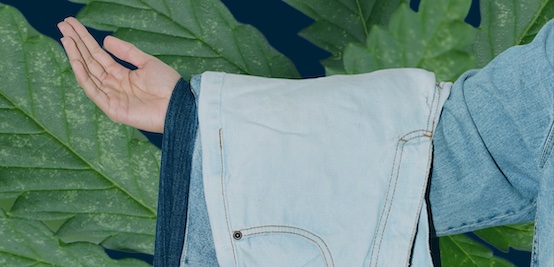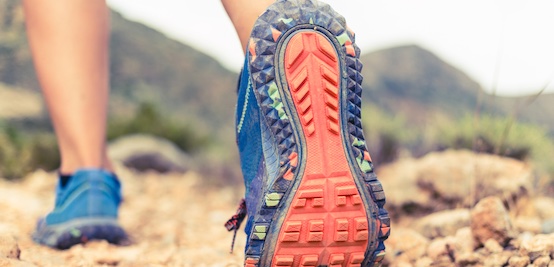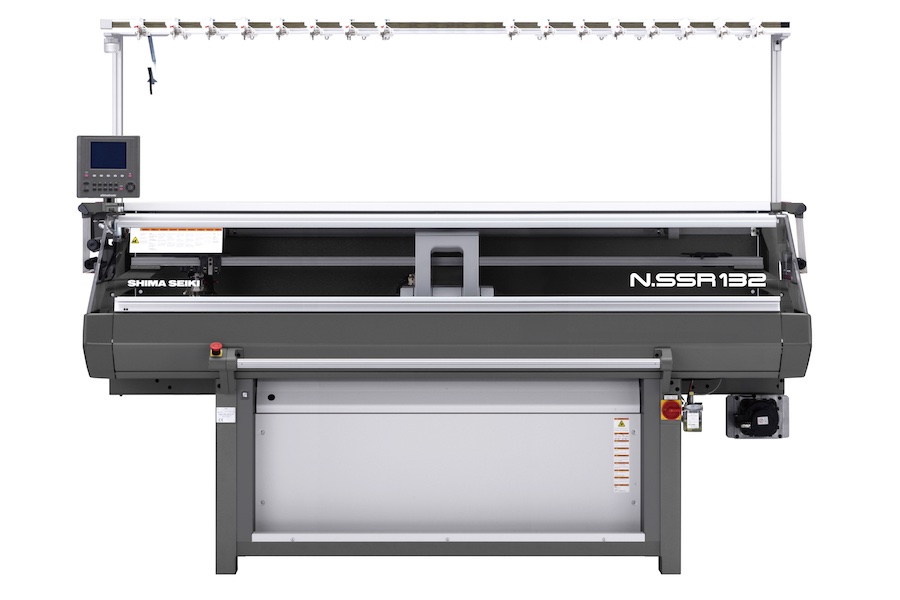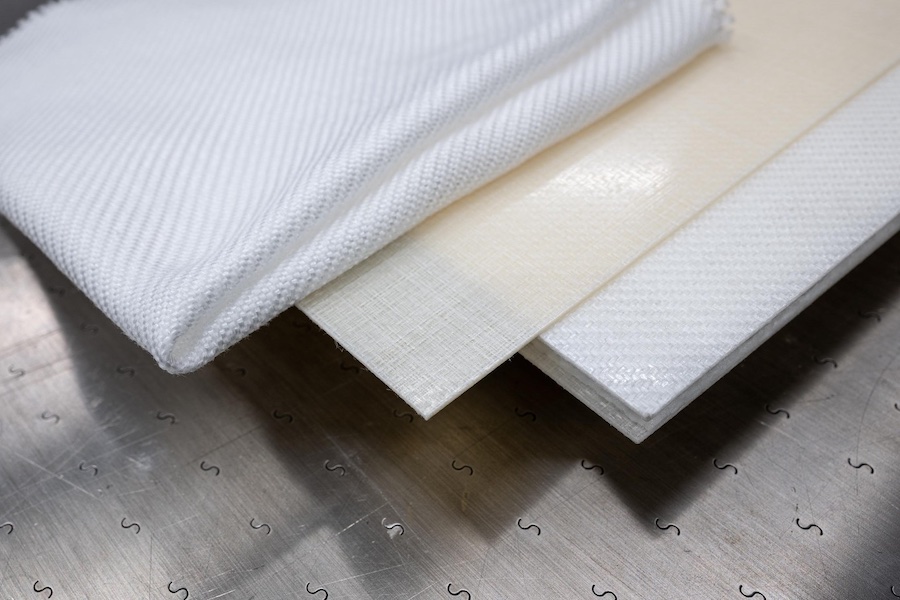#Recycling / Circular Economy
14 brands unite with Fashion For Good for ambitious push into footwear circularity
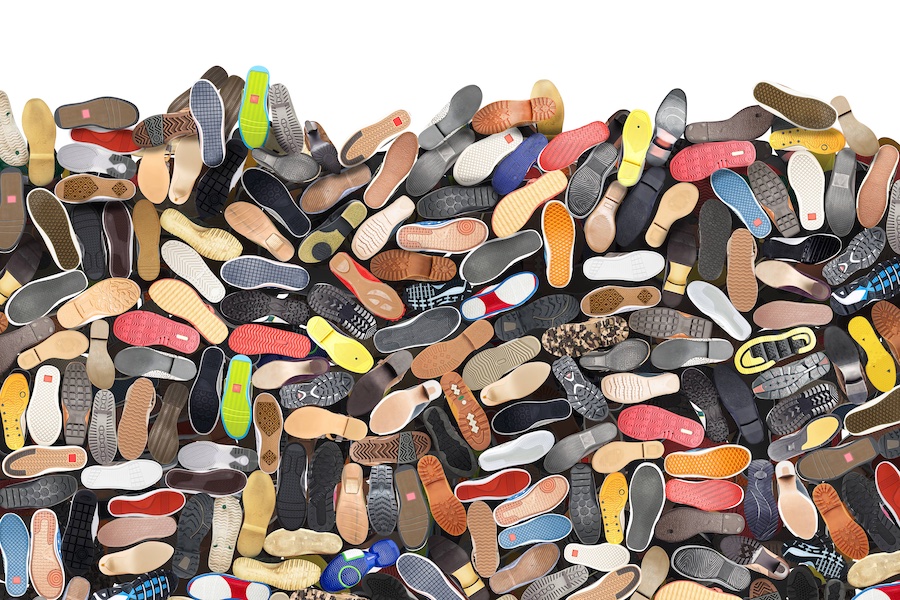
Participating brands include: adidas, DEICHMANN, Dr. Martens, Footwear Innovation Foundation (affi liated with FDRA), Inditex, lululemon, ON, Otto Group, Puma, Reformation, Target, Tommy Hilfi ger, Vivobarefoot, and Zalando.
Footwear: A complex challenge
The global footwear industry churns out an astonishing 23.8 billion pairs of shoes(1) annually, a figure that highlights both its scale and its environmental footprint. Each shoe is composed on average of more than 60 different components(2), ranging from fabrics and plastics to rubber and adhesives, intricately assembled to meet performance, aesthetic, and cost demands. This complexity, however, hinders the adoption of circular practices, leaving the sector lagging behind in circular innovation compared to other areas of fashion.
While consumers and the industry alike are increasingly calling for more circular solutions, the reality is stark: the most recent studies conclude that approximately 90% of footwear ends up in landfills(3), contributing to an ever-growing mountain of waste. Unlike other areas of fashion where innovation has been more readily integrated, footwear's multi-material construction and complex design complicate efforts to sort, disassemble, or recycle effectively.
This challenge is exacerbated by a lack of reverse logistics infrastructure and the absence of design principles that prioritise circularity. Current practices largely focus on linear production models — manufacture, use, and discard — failing to address the lifecycle of products. The sector's lag in scaled innovation compared to apparel underscores the urgency for systemic change, as the environmental consequences of inaction continue to mount.
While this complexity presents a signifi cant hurdle, brands are already exploring innovative solutions, including material science advancements and take-back programs, to address these challenges and pave the way for more circular footwear. These individual efforts complement the collaborative work within “Closing the Footwear Loop”, creating a synergistic approach to driving industry-wide change.
We are working with ecosystem partners The Footwear Collective, Global Footwear Future Coalition (GFFC), and Global Fashion Agenda to drive a collaborative approach across the industry.
Closing the Footwear Loop was born out of Pioneering the Future of Footwear and addresses multiple key intervention points: lack of end-of-life infrastructure, complex multi-material designs, and a need for unifi ed circularity approaches. This project will deliver:
? Detailed mapping of European footwear waste streams (in collaboration with Circle Economy), providing crucial data on volumes, materials, rewearability, and recyclability. (Report & business case assessment due 2025)
? A roadmap towards circular footwear design, developed with Fashion for Good Alumni circular.fashion, outlining principles for material selection, durability, recyclability, repairability, and responsible chemical management. (Guidelines due 2025)
? Validation of end-of-use innovations, including trials and impact assessments, to overcome current bottlenecks and drive industry-wide adoption. (Recycled material outputs due 2026)
“The footwear industry stands at a critical turning point. With billions of shoes produced annually and 90% ending up in landfi lls, 'Closing the Footwear Loop' represents our most ambitious effort yet to reimagine how we design, use, and dispose of shoes. By bringing together 14 leading brands, we're not just addressing a challenge—we're creating a blueprint for systemic change.” Katrin Ley, Managing Director of Fashion for Good.
You can fi nd more information on the project here:
https://www.fashionforgood.com/case-study/closing-the-footwear-loop/
1 World Footwear. (2023). The World Footwear Yearbook 2023. Available here.
2 Cheah, L., Duque, C. N., Olivetti, E., Matsumura, S., Forterre, D., Roth, R., & Kirchain, R. (2013). Manufacturing-focused emissions reductions in footwear production. Journal of Cleaner Production.
3 Vivobarefoot. 22 billion pairs of shoes are dumped into landfi ll each year. It’s time for change.



